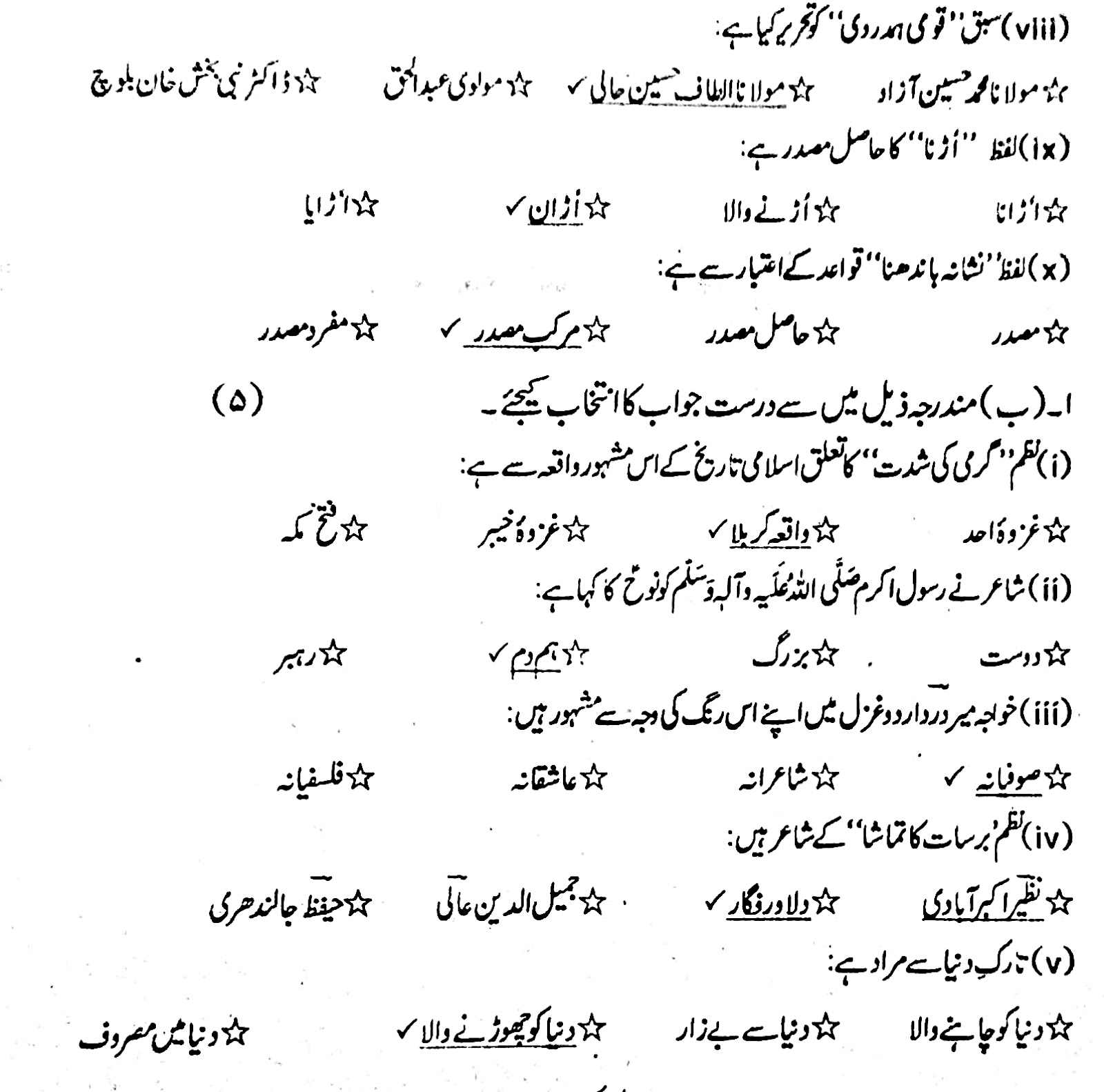Go To Index
Zoology Class XI
IMPORTANT REASONING QUESTION WITH SOLVE ANSWER
ANNUAL EXAM 2022
Contact us on 03110294744
Q.1: What is the higher percentage of carbondioxide transported by Water Of RBCs as compared to water of plasma?
Ans: The higher percentage of CO
2 is transported by the water Of RBCs is compared to plasma because of the enzymes carbonic in hydrate present in the RBCs which facilitate the reaction that is why the water of RBCs transported 60% of CO
2 where as water of plasma transport only 5% of CO
2.
Q.2: Why are leucocytes known as solider of the body?
Ans: WBCs provide the immunity in our body help to against the disease, infection, allergies and foreign particles. That is why they are known as the solider of the body.
Q.3: How breathing is different from respiration?
Ans: Breathing involve inhale of oxygen from the atmosphere excess of carbon dioxide from the lungs into the atmosphere where as cellular respiration involve breakdown in the water by releasing energy. The oxidative and reductive process that occurs In the cell.
Q.4: Why air Is better respiratory medium than water?
Ans: Water has limited amount of oxygen as compared to air. Water has two molecules hydrogen and one molecule of oxygen so it is less of oxygen amount. Where as air has more percentage of oxygen i.e. 21% that help in the respiration that's why it is better medium than water.
Q.5: Why kiwi can not fly?
Ans: They are big sized flightless heavy bird. They can not fly due to their heavy weight. Their wings are vestigial and their flight muscles are poorly developed.
Q.6: Why do the wall of trachea do not collapse when there is less air In it?
Ans: Trachea is supported by C- shaped ring of cartilage which hold them in place when there is less air Inside it so the wall of trachea do not collapse even when their a little air.
Q.7: Why hydra has both types of digestion?
Ans: Their mouth open in their body cavity. Bounded by endoderm having glandular and flagellated cell. The former secrete proteolytic enzymes which initiate extra cellular digestion. While flagellated cell and body wall help in circulation of food. The semi digested food particles are englutted by phagocytosis action of the flagellated cell where they are completely digested. Thus digestion in hydra are both extra as well as intra cellular digestion.
Q.8: Why urea production is high when person diet contain more Proteins than is need for growth and repair?
Ans: Protein are good sources of ammonia and this ammonia is very fatal for body to eliminate it. Liver convert it into urea so our food have more urea when we take more protein than is needed for growth and repair.
Q.9: How filariasis causes Cause edema?
Ans: Filariasis is disease caused by a thread worm. Which causes excessive inflammation of lungs arms and scrotum thus this disease cause lymphatic obstruction result in edema.
Q.10: How phyletic lineage is important to us?
Ans: As we know living organism gradually forming population during different geological period through the process of evolution. It provide basis for establishing a common origin of species or phyletic lineage. It is believed to be an unbroken series of species progressing form ancestor to descendants with each group evolving from one immediately proceeding it. All the missing link are discovered. They may lead to the origin of life it self.
Q.11: A person eat chicken broast. Name the enzymes that will digested This and meal in GIT?
Ans: Meat consist of large molecules of protein. The body digested it into smaller molecules as amino acid. Enzymes participating in the process are pepsin, peptides, trypsin, alpha chymotrypsin.
Q.12: How counter current flow is beneficial for fish?
Ans: Fish gills use a design called counter current. Oxygen exchange to minimize the amount of oxygen that their blood can pick up. Since there is more oxygen can flow from water to lungs.
Q.13: Why bile is necessary for digestion when it has no enzymes?
Ans: Although it does not contain any enzymes it play an important role in the digestion of fats. Bile juice has bile salt such as bilirubin and biliverdin these breakdown largest fat globules into smaller globules.
Q.14: Why does not food enter the trachea instead the esophagus?
Ans: The epiglottis move back and forth to prevent the passage of food and liquid into the lungs when we swallow, the epiglottis flattens backwards to cover the entrance to our larynx and prevent food enter the lungs and windpipe.
Q.15: Why enzymes called biocatalyst?
Ans: Enzymes are organic bio molecules that catalyzes the chemical reaction in biological systems. Similar to catalyst as enzymes accelerate the rate of chemical reactions and it is neither consumed nor changed in the reaction. Therefore the enzymes are also called biocatalysts.
Q.16: Why is liver called metabolic factory?
Ans: It performs more than 500 chemical functions in the organism. It provides detoxification, as cleans the toxic compounds and wastes, stores glucose in the form of glycogen, produces blood-clotting factors, stores vitamins, hormones, cholesterol, and minerals. In addition, the liver produces bile that helps to digest fats in the small intestine. So, the liver helps our organism to transform specific substances into compounds that the body needs.




































